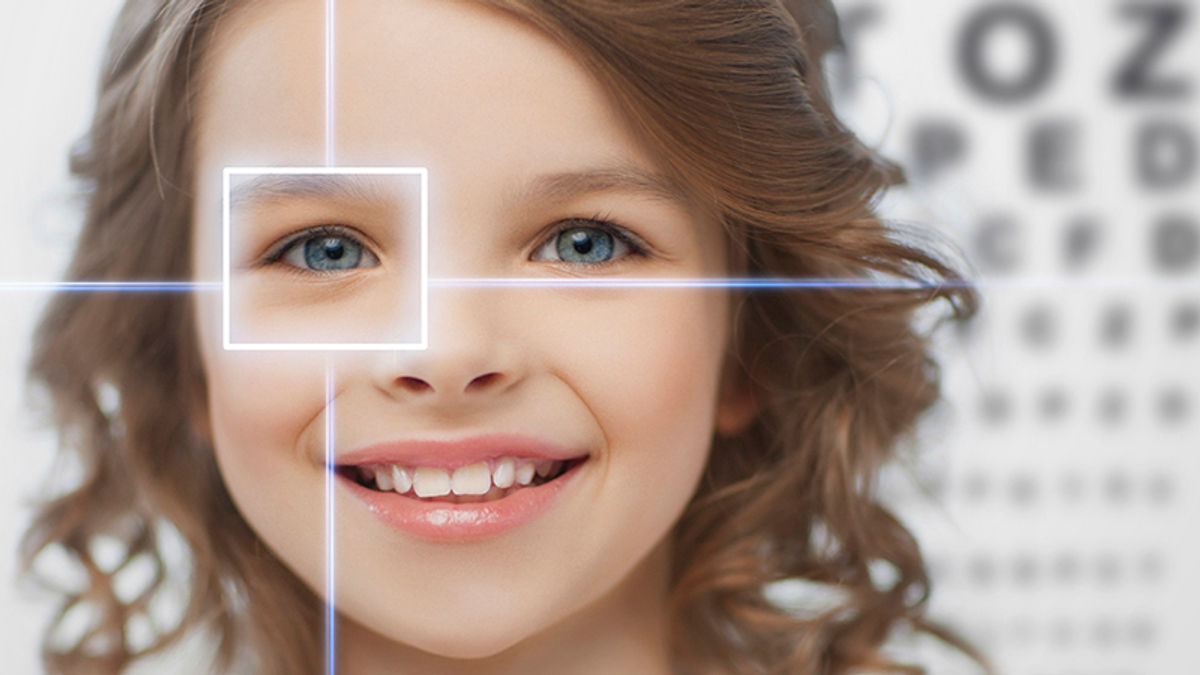Clinical
What is the point of myopia control anyway?

In this article:
Why is myopia control important? Is there really that much difference between -3.00D and -5.00D? Why intervention is worth the time, effort and cost.
Is there any real difference between -3.00D and -5.00D?
Apart from the obvious need for thicker lenses, or refractive index to reduce the thickness of those lenses, there is actually quite a significant difference.
One of the most talked about risks of myopia if retinal detachment. It turns out that a myope between -0.75D and -3.00D is 3.2x more likely to develop retinal detachment than an emmetrope. Once over -3.00 these odds triple. So when it comes to retinal detachment there is a significant difference between -3.00D and -5.00D, a threefold difference!
Less discussed is the risk of myopic maculopathy, a degenerative eye disease that has far greater implications for visual integrity. The posterior pole is particularly sensitive to retinal degeneration from axial elongation. Prevalence of high myopia is currently low, so we rarely see patients present with this complication, however with an increasing number of children becoming myopic and at an earlier age, we are being warned that high myopia is going to become more prevalent in the not too distant future.
In terms of risk for developing myopic maculopathy, the difference between -3.00 and -5.00D is even more dramatic than for retinal detachment. Under -5.00D the risk if myopic maculopathy is low with a prevalence of just 0.42%, but once over -5.00D this risk jumps dramatically to 25.3%. For every four myopes over -5.00, one will suffer myopic maculopathy in their lifetime!
As human beings we are notoriously bad at ignoring the warning bells for the future because it doesn’t suit the present, just look at our collective lack of action on global warming. When it comes to myopia however the risk figures show that we don’t need to solve the problem to make a dramatic difference to a myopes life, we just need to slow the progression of the problem.
As optometrists we are the best placed health professionals to help reduce progression of myopia. Simply by taking note of a patients reading habits and outdoor activity, and advising improvements where indicated, we will make a significant difference for some people. From there it is a short step to considering how we correct a childs vision, and the implications that research shows the manner in which we do this has on potential for myopia to develop or progress.
So in answer to the question, there is a considerable difference between -3.00 and -5.00. With this in mind we cannot use our inability to stop myopia progression as an excuse not to get involved. Just by slowing progression we will dramatically reduce the prevalence of high myopia in the not too distant future, and with it the prevalence of sight threatening eye disease.
This data has been collated from the landmark paper on myopia aetiology by Ian Flitcroft and subsequent editorial entitled Are we myopic about myopia control by Kate Gifford.
Updated May 2020
Meet the Authors:
About Kate Gifford
Dr Kate Gifford is an internationally renowned clinician-scientist optometrist and peer educator, and a Visiting Research Fellow at Queensland University of Technology, Brisbane, Australia. She holds a PhD in contact lens optics in myopia, four professional fellowships, over 100 peer reviewed and professional publications, and has presented more than 200 conference lectures. Kate is the Chair of the Clinical Management Guidelines Committee of the International Myopia Institute. In 2016 Kate co-founded Myopia Profile with Dr Paul Gifford; the world-leading educational platform on childhood myopia management. After 13 years of clinical practice ownership, Kate now works full time on Myopia Profile.
Enormous thanks to our visionary sponsors
Myopia Profile’s growth into a world leading platform has been made possible through the support of our visionary sponsors, who share our mission to improve children’s vision care worldwide. Click on their logos to learn about how these companies are innovating and developing resources with us to support you in managing your patients with myopia.











